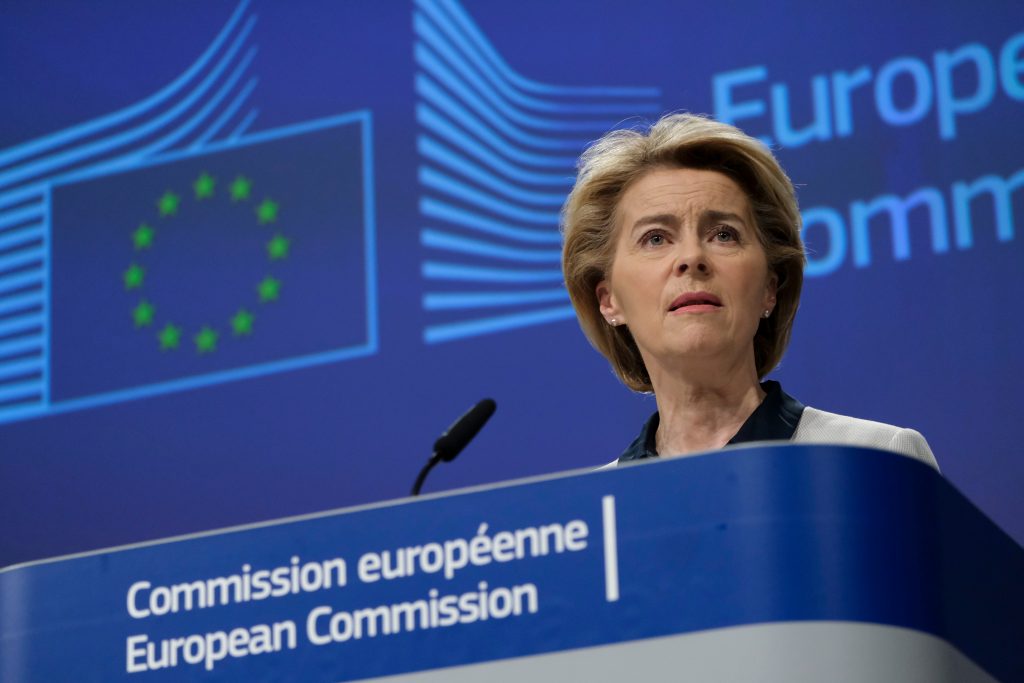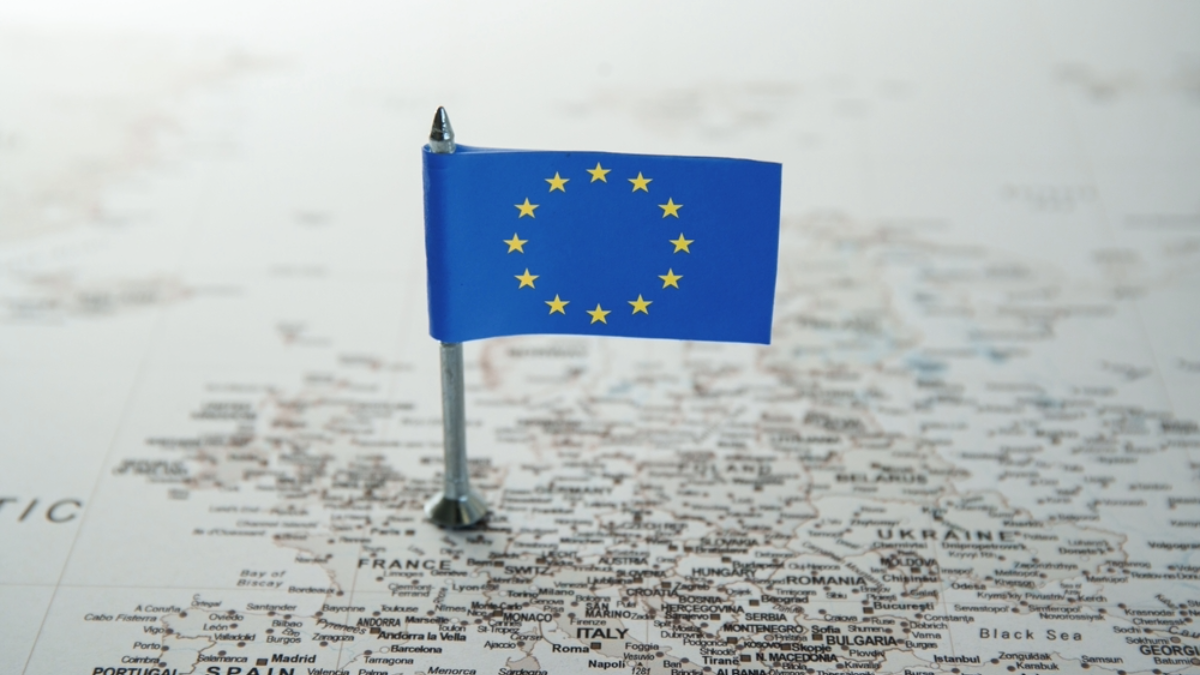COP26: Does a climate summit need 25,000 people? And more questions

(BBC News) – It’s two weeks until the start of the crucial COP26 climate summit in Glasgow – one of the biggest ever world meetings on how to tackle global warming.
But what’s it all about? BBC News environment correspondent Matt McGrath answers some of your questions.
Does COP26 really need 25,000 people there? They will generate a lot of CO2, so why can’t many elements be online? – David, Birmingham
The pandemic might be seen as the perfect moment for the UN to use technology for negotiations, and it was attempted during a preparatory meeting for COP in June, which ran for three weeks.
Unfortunately, it didn’t go well – time-zone and technology challenges made it almost impossible for countries with limited resources, progress was limited and decisions were put off.
As a result, many developing nations have insisted on having an in-person COP. They feel that it is far easier for their voices to be ignored on a dodgy Zoom connection.
They also bring a lived experience of climate change that it is critical for rich countries to hear first-hand.
There’s some evidence that this works. In 2015, the presence of island states and vulnerable nations was key to securing the commitment to limit temperature changes to 1.5C in the Paris Agreement.
Why aren’t the heads of state of China, India and Saudi Arabia attending COP26? – Thomas Myett, Dorset
Making the attendance of presidents and prime ministers a key measure of success is dangerous for the organisers.
If President Xi, Prime Minister Modi and Crown Prince Mohammed Bin Salman don’t turn up, the risk is that the conference is declared a failure even before it starts.
But, in fairness to the organisers, decisions by leaders to travel to such events are often very last minute.
In the case of China, President Xi hasn’t left the country since the start of the Covid pandemic.
Perhaps more of an issue is the fact all three countries have so far failed to submit updated carbon-cutting plans ahead of COP26.
This might be of ultimately greater importance than the presence or absence of their leaders.
How soon will we see action after COP26? – Ryan Patrick Thorne, Atlanta
Barring a complete collapse in the talks, there are likely to be a range of tangible outcomes.
It’s expected that more countries will announce they are moving away from using coal for energy. A growing number of nations will probably sign up to curb methane emissions.
There is set to be agreement on phasing out the internal combustion engine and on ending deforestation.
But don’t expect to see to many overnight changes across the world as a result of these steps. They are all likely to have long lead-in times, with more flexibility on dates shown towards developing countries.
On the really big question of keeping the 1.5C temperature threshold within reach, the likelihood is that a significant gap will remain even after Glasgow.
What pressure will be put on the countries contributing the most to climate change? – David Neil, Bolton
It depends whether you mean the countries now contributing the most to carbon pollution, or the ones that have done so historically.
This difference is an important part of the delicate dance between the richer nations and emerging economies on climate change.
Under the terms of the Paris Agreement, those countries that have used fossil fuels the most over the past two centuries – the US and Europe – accept they will make the bigger cuts in the short term.
The larger developing nations that are now the biggest source of CO2 – chiefly China – accept they will make the bigger cuts in the longer term.
In the pact, all emitters – big and small – agreed to bring forward new and more ambitious carbon-cutting plans every five years.
There is only a moral pressure to improve your offer, and a degree of embarrassment if a country doesn’t step up to the mark.
Glasgow will reveal whether this approach actually works.
How can we measure progress in climate-change adaptation? – Ian, Ontario, Canada
Adaptation is the process of making changes to your country to cope with the impact of a changing climate.
It covers everything from developing better weather-warning systems to simple steps, such as building uphill refuges from potential floods.
For many years, the richer nations wanted the climate aid they provided to poorer nations to be focused on cutting carbon and not on adaptation.
But the reality of rising temperatures, and the impacts they are bringing across the world, mean that view has changed.
The UN is now calling for climate finance to be split 50-50 between adaptation and cutting carbon.
What’s also new is the view that adaptation is no longer just a problem for poorer countries – witness the impact of the heatwave in Canada, or the floods in Germany this year.
So success in Glasgow on this issue will be measured not just by more money but by progress towards what’s called the “global goal on adaptation”.
However, right now, no-one is quite sure what that stands for or how the world should get there.
Getting some clarity on that at COP26 would be a big step forward.













